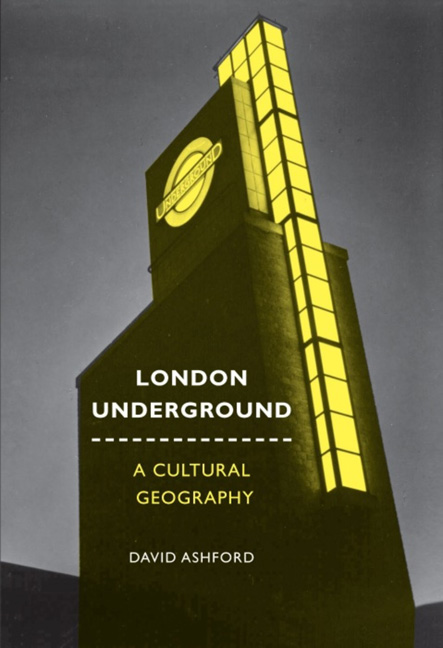Book contents
- Frontmatter
- Dedication
- Contents
- Acknowledgements
- Notes on Convention
- List of Illustrations
- The Book of the Machine: A User's Guide
- 1 Psychopathology of Modern Space
- 2 The Lord of the Dynamos
- 3 Blueprints for Babylon
- 4 Making a Home in Modernity
- 5 Christmas in Hell
- 6 Insurrection in Alphabet-City
- 7 The Ghost in the Machine
- Index
- Platesection
The Book of the Machine: A User's Guide
- Frontmatter
- Dedication
- Contents
- Acknowledgements
- Notes on Convention
- List of Illustrations
- The Book of the Machine: A User's Guide
- 1 Psychopathology of Modern Space
- 2 The Lord of the Dynamos
- 3 Blueprints for Babylon
- 4 Making a Home in Modernity
- 5 Christmas in Hell
- 6 Insurrection in Alphabet-City
- 7 The Ghost in the Machine
- Index
- Platesection
Summary
Imagine, if you can, a small room, hexagonal in shape, like the cell of a bee. It is lighted neither by window nor by lamp, yet it is filled with a soft radiance. There are no apertures for ventilation, yet the air is fresh. There are no musical instruments, and yet, at the moment that my meditation opens, this room is throbbing with melodious sounds. An armchair is in the centre, by its side a reading-desk – that is all the furniture. And in the armchair there sits a swaddled lump of flesh – a woman, about five foot high, with a face as white as a fungus. It is to her that the little room belongs.
(E.M. Forster, ‘The Machine Stops’, 1909)Her name is Vashti and she lives in the Machine, a subsurface residential complex that has evolved over time from the London Underground. But in Forster's ‘The Machine Stops’, the rail-network stretches from Somerset to Sumatra, and the tubes containing railways have been supplemented with speaking-tubes, food-tubes, medicine-tubes and music-tubes to form a colossal automated service-provider capable of supplying its users with every commodity they could ever desire, at the mere touch of a button: ‘There was the cold-bath button. There was the button that produced literature. And there of course the buttons by which she communicated with her friends. The room, though it contained nothing, was in touch with all that she cared for in the world.’ The comprehensive nature of the Tube-network in the story reflects the huge expansion of the system taking place at the time that Forster was writing. London's was the first underground network in the world; the earliest line was opened in 1863, but for the first thirty years expansion was slow, and trains, for the most part, ran through open cuttings. The completion of the first ever deep-level Tube-railway in 1890 ushered in a new era. Soon an enormous subterranean transit network extended beneath the metropolis, and though it was never in fact to offer the full range of services listed in the fable, Forster was right to suggest that the London Underground represents the earliest phase in the development of that new category of space embodied in his story by the Machine.
- Type
- Chapter
- Information
- London UndergroundA Cultural Geography, pp. 1 - 10Publisher: Liverpool University PressPrint publication year: 2013



